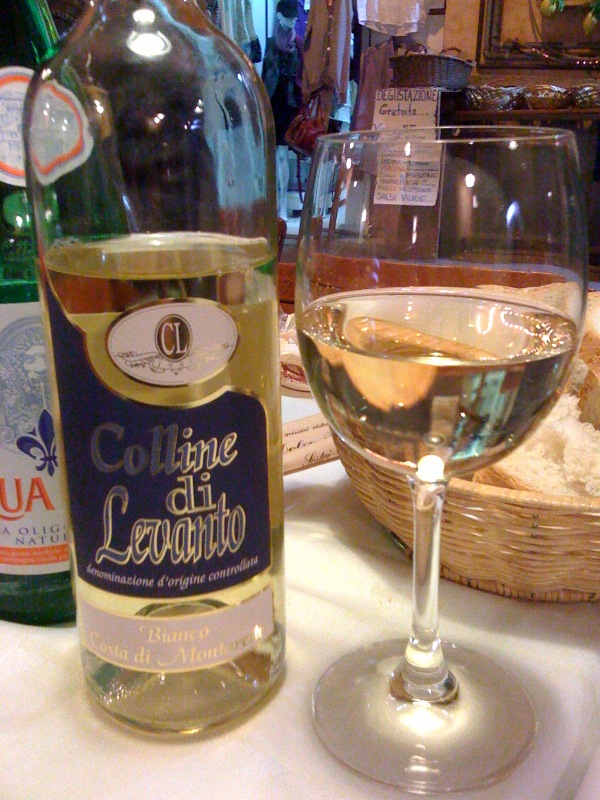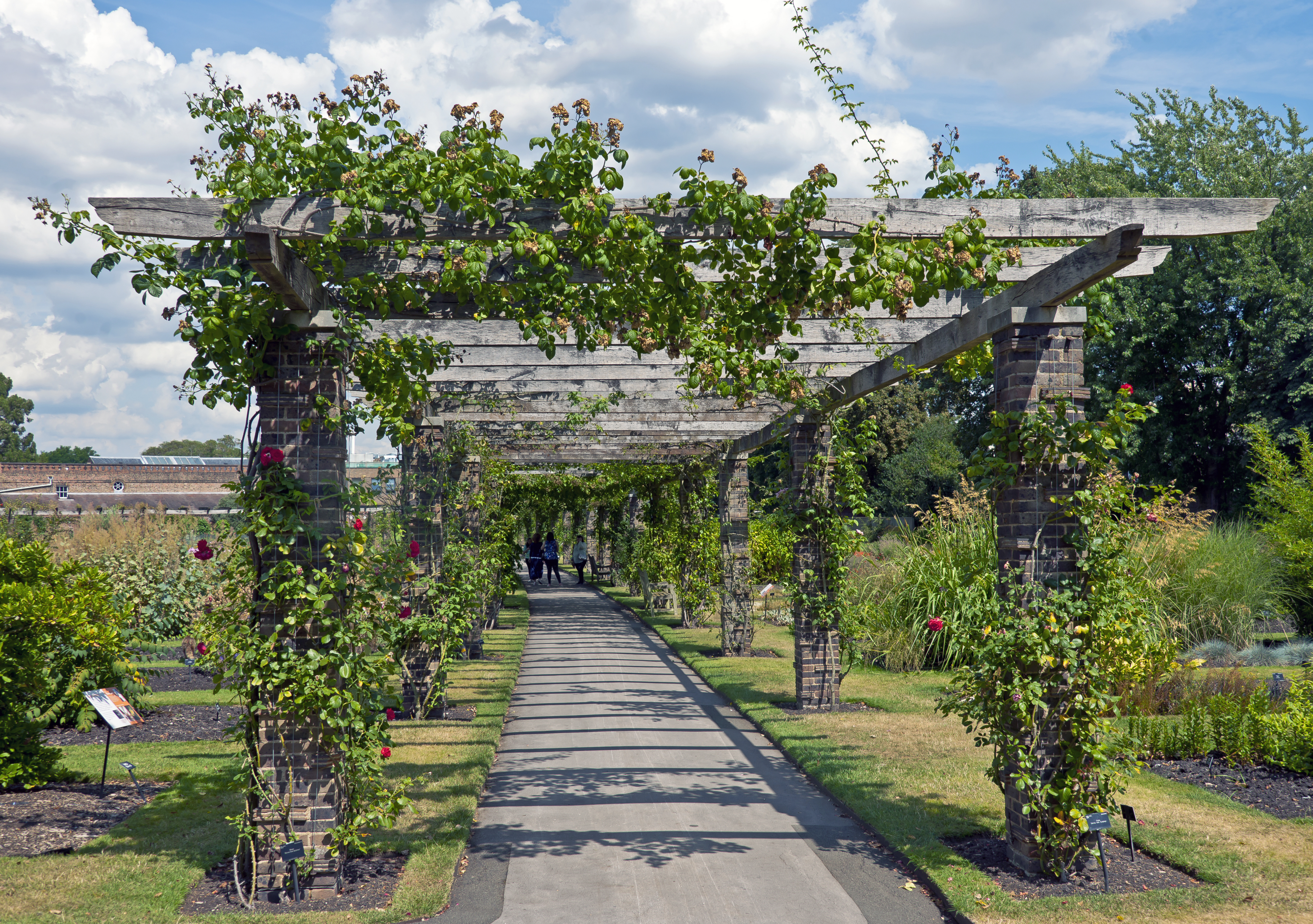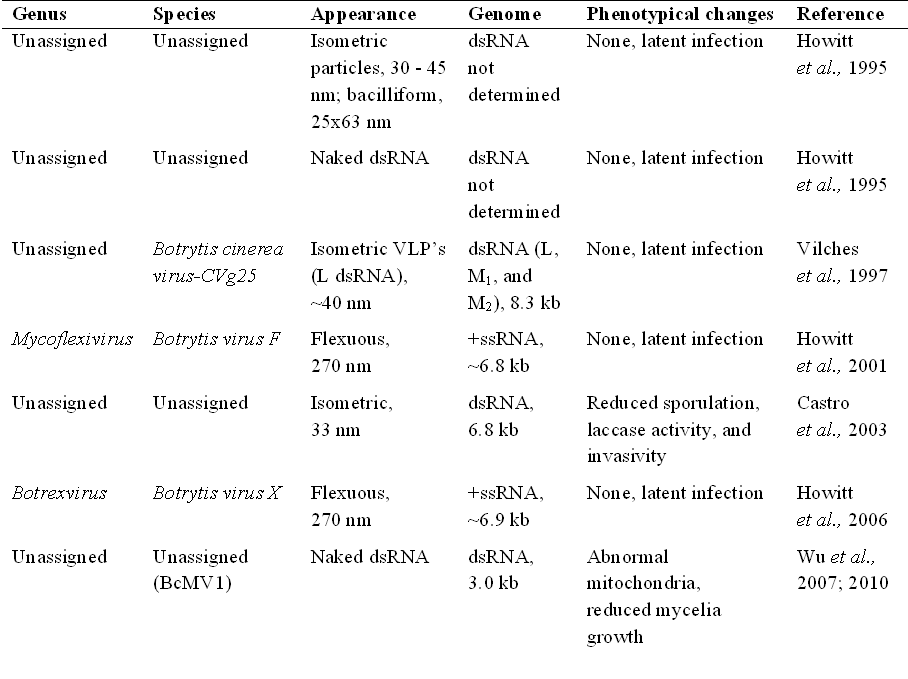|
Luglienga
Luglienga (also known as Lignan blanc and Seidentraube) is a white Italian wine and table grape variety that is grown across Europe. The grape has a long history of use, dating back to at least the 14th century in Piedmont but is today most seen a table grape that is occasionally used for home winemaking Winemaking, wine-making, or vinification is the production of wine, starting with the selection of the fruit, its Ethanol fermentation, fermentation into alcohol, and the bottling of the finished liquid. The history of wine-making stretches over ....J. Robinson, J. Harding and J. Vouillamoz ''Wine Grapes - A complete guide to 1,368 vine varieties, including their origins and flavours'' pg 556 Allen Lane 2012 History and relationship to other grapes The first written documentation of Luglienga dates back to 1329 where it was listed under the old synonym ''Luglienchis'' growing in the Piedmont wine region of northwest Italy. Ampelographers believe that the name is derived fro ... [...More Info...] [...Related Items...] OR: [Wikipedia] [Google] [Baidu] |
Variety (wine)
This list of grape varieties includes cultivated grapes, whether used for wine, or eating as a table grape, fresh or dried (raisin, Zante currant, currant, sultana (grape), sultana). For a complete list of all grape species, including those unimportant to agriculture, see ''Vitis''. The term ''grape variety'' refers to cultivars (rather than the Variety (botany), botanical varieties that must be named according to the International Code of Nomenclature for algae, fungi, and plants). Single-species grapes While some of the grapes in this list are hybrids, they are hybridized within a single species. For those grapes hybridized across species, known as interspecific hybrids, see the section on #Multispecies hybrid grapes, multispecies hybrid grapes below. ''Vitis vinifera'' (wine) Red grapes White grapes Rose grapes ''Vitis vinifera'' (table) Red table grapes * Black Corinth * Black Monukka * Black Rose (grape), Black Rose * Cardinal (grape), Cardinal * Mazza ... [...More Info...] [...Related Items...] OR: [Wikipedia] [Google] [Baidu] |
Prié Blanc
Prié blanc is a white Italian wine grape variety that is grown almost exclusively in the Valle d'Aosta DOC of northwest Italy. The Valle d'Aosta varietal wine Blanc de Morgex et de La Salle is made from Prié blanc grapes. Ampelographers consider Prié blanc one of the oldest grape varieties in the Valle d'Aosta. Through a complex pedigree it appears to have some genetic relationship with many other grape varieties in the region. Recent DNA analysis has connected the grape to the Spain (wine), Spanish wine grapes of Lairén in Andalusia and Albillo in Ribera del Duero and province of Ávila, but it is not yet known if the grape originated in Spain and traveled to Italy or the inverse.J. Robinson, J. Harding and J. Vouillamoz ''Wine Grapes – A complete guide to 1,368 vine varieties, including their origins and flavours'' pgs 845–848 Allen Lane 2012 History Ampelographers do not yet know definitively the origins of Prié blanc but evidence shows that it is a very old va ... [...More Info...] [...Related Items...] OR: [Wikipedia] [Google] [Baidu] |
Gamay
Gamay () is a purple-colored grape variety used to make red wines, most notably grown in Beaujolais and in the Loire_Valley_(wine), Loire Valley around Tours. Its full name is Gamay Noir à Jus Blanc. It is a very old cultivar, mentioned as long ago as the 15th century. It has been often cultivated because it makes for abundant production; however, it can produce wines of distinction when planted on acidic soils, which help to soften the grape's naturally high acidity. History The Gamay grape is thought to have appeared first in the village of the Gamay, south of Beaune, in the 1360s. The grape brought relief to the village growers following the decline of the Black Death. In contrast to the Pinot noir variety, Gamay ripened two weeks earlier and was easier to cultivate. It also produced a strong, fruitier wine in a much larger abundance. In July 1395, the Duke of Burgundy Philippe the Bold outlawed the cultivation of the grape, referring to it as the "disloyal Gaamez" that i ... [...More Info...] [...Related Items...] OR: [Wikipedia] [Google] [Baidu] |
Valle D'Aosta Wine
The Valle d'Aosta DOC (or Vallée d'Aoste DOC, in French) is an Italian ''denominazione di origine controllata'' located in the Aosta Valley of north-west Italy. Surrounded by the Alps, the Valle d'Aosta is home to the highest elevated vineyards in all of Europe. The principal winemaking region of the Valle d'Aosta is found along the eastern banks of the Dora Baltea ( fr., ''Doire baltée'') river with the city of Aosta serving as the central winemaking location. The region is divided into three main vineyard areas; the upper valley, Valdigne, the central valley (locally ''Valle centrale'' in Italian, ''Vallée centrale'' in French) and the lower valley, (locally ''Bassa valle'' in Italian, ''Basse vallée'' in French). To the south is the winemaking region of Piedmont. The Valle d'Aosta is Italy's smallest winemaking region both in terms of size and production with only about 330,000 cases produced annually in the region and only 36,000 cases produced under the DOC label. Seven ... [...More Info...] [...Related Items...] OR: [Wikipedia] [Google] [Baidu] |
Liguria (wine)
Liguria is an Italian wine region located in the northwest region of Italy along the Italian Riviera. It is bordered by the Piedmont wine region to the north, the Alps and French wine region of Provence to the west, the Apennine Mountains and the Emilia-Romagna wine region to the east with a small border shared with Tuscany in the south-east along the Ligurian Sea.M. Ewing-Mulligan & E. McCarthy ''Italian Wines for Dummies'' pg 83-87 Hungry Minds 2001 Liguria has several ''Denominazione di origine controllata'' regions with the most notable being the Cinque Terre DOC from cliff side vineyards situated among the five fishing villages of Cinque Terre in the province of La Spezia. The DOC produces light white wines made from grape varieties such as Bosco, Albarola and Vermentino. In the west is the red wine-producing region of Dolceacqua, producing wine from the indigenous Rossese grape.P. Saunders ''Wine Label Language'' pp. 139–209 Firefly Books 2004 DOC regions The fol ... [...More Info...] [...Related Items...] OR: [Wikipedia] [Google] [Baidu] |
Slovenia (wine)
Slovenia has more than 28,000 wineries making between 80 and 90 million litres annually from the country's 22,300 hectares of vineyards. About 75% of the country's production is white wine. Almost all of the wine is consumed domestically with only 6.1 million L a year being exported—mostly to the United States, Bosnia and Herzegovina, Croatia, and lately the Czech Republic. Most of the country's wine production falls under the classification of premium ''(vrhunsko)'' wine with less than 30% classified as basic table wine ''(namizno vino)''. Slovenia has three principal wine regions: the Drava Wine-Growing Region, the Lower Sava Wine-Growing Region, and the Littoral Wine-Growing Region. Viticulture and winemaking has existed in this region since the time of the Celts and Illyrians tribes, long before the Romans would introduce winemaking to the lands of France, Spain and Germany. J. Robinson (ed) ''"The Oxford Companion to Wine"'' Third Edition pp. 632–633 Oxford Uni ... [...More Info...] [...Related Items...] OR: [Wikipedia] [Google] [Baidu] |
Trentino Wine
Trentino is the southern part of the Trentino-Alto Adige/Südtirol autonomous region of Italy. Wine is produced in Trentino from several grape varieties, including the native Nosiola, Teroldego, and Marzemino varieties. There are six wine DOC in Trentino. Winemaking One main distinction between Trentino and South Tyrol wine production is the fact that in the northern area (South Tyrol) the wines are produced mostly by small family-owned and managed wineries that sell their high quality wine mainly locally with limited exports to Germany and Austria. Trentino on the other hand counts on a large number of growers who joined into large cooperatives, such as Cavit and Mezzacorona, which produce wines that have consistent taste and characteristics year after year. These wines are popular, both in Italy and abroad, among wine drinkers who look for reasonably good and affordable wines for daily enjoyment. Varieties Three grapes are native to this region: one is the white Nosiola and t ... [...More Info...] [...Related Items...] OR: [Wikipedia] [Google] [Baidu] |
Pergola
A pergola is most commonly used as an outdoor garden feature forming a shaded walkway, passageway, or sitting area of vertical posts or pillars that usually support crossbeams and a sturdy open lattice, often upon which woody vines are trained. The origin of the word is the Late Latin ''pergula'', referring to a projecting eave. It also may be an extension of a building or serve as protection for an open terrace or a link between pavilions. They are different from green tunnels, with a green tunnel being a type of road under a canopy of trees. Depending on the context, the terms "pergola", "bower", and "arbor" are often used interchangeably. An "arbor" is also regarded as being a wooden bench seat with a roof, usually enclosed by lattice panels forming a framework for climbing plants; in evangelical Christianity, brush arbor revivals occur under such structures. A pergola, on the other hand, is a much larger and more open structure. Normally, a pergola does not include ... [...More Info...] [...Related Items...] OR: [Wikipedia] [Google] [Baidu] |
Trained (vine)
The use of vine training systems in viticulture is aimed primarily to assist in canopy management with finding the balance in enough foliage to facilitate photosynthesis without excessive shading that could impede grape ripening or promote grape diseases. Additional benefits of utilizing particular training systems could be to control potential yields and to facilitate mechanization of certain vineyard tasks such as pruning, irrigation, applying pesticide or fertilizing sprays as well as harvesting the grapes.J. Robinson (ed) ''"The Oxford Companion to Wine"'' Third Edition pg 134-230, 300-341, 399-413, 551-553, 617-634, 661-692, 706-733 Oxford University Press 2006 In deciding on what type of vine training system to use, growers also consider the climate conditions of the vineyard where the amount of sunlight, humidity and wind could have a large impact on the exact benefits the training system offers. For instance, while having a large spread out canopy (such as what the ... [...More Info...] [...Related Items...] OR: [Wikipedia] [Google] [Baidu] |
Botrytis Bunch Rot
''Botrytis cinerea'' is a necrotrophic fungus that affects many plant species, although its most notable hosts may be wine grapes. In viticulture, it is commonly known as "botrytis bunch rot"; in horticulture, it is usually called "grey mould" or "gray mold". The fungus gives rise to two different kinds of infections on grapes. The first, grey rot, is the result of consistently wet or humid conditions, and typically results in the loss of the affected bunches. The second, noble rot, occurs when drier conditions follow wetter, and can result in distinctive sweet dessert wines, such as Sauternes, the Aszú of Tokaji, or Grasă de Cotnari. The species name ''Botrytis cinerea'' is derived from the Latin for "grapes like ashes"; although poetic, the "grapes" refers to the bunching of the fungal spores on their conidiophores, and "ashes" just refers to the greyish colour of the spores ''en masse''. The fungus is usually referred to by its anamorph (asexual form) name, because the ... [...More Info...] [...Related Items...] OR: [Wikipedia] [Google] [Baidu] |
Viticultural Hazard
This is a list of diseases of grapes (''Vitis'' spp.). Bacterial diseases Fungal diseases Miscellaneous diseases and disorders Nematodes, parasitic Phytoplasma, virus and viruslike diseases See also *'' Ampeloglypter ater'' *'' Ampeloglypter sesostris'' *'' Ampelomyia viticola'' *'' Eupoecilia ambiguella'' *Great French Wine Blight *Japanese beetle *'' Maconellicoccus hirsutus'' *'' Otiorhynchus cribricollis'' *'' Paralobesia viteana'' *'' Pseudococcus maritimus'' *'' Pseudococcus viburni'' *'' Zenophassus'' References External links Diseases of Grapevines, information from Cooperative Extension Common Names of Diseases, The American Phytopathological Society* ttp://arquivo.pt/wayback/20160523145652/http://winegrapes.wsu.edu/virology/ virus diseases of the grapevine {{Viticulture * Grape A grape is a fruit, botanically a berry, of the deciduous woody vines of the flowering plant genus ''Vitis''. Grapes are a non- climacteric type of fruit, generally ... [...More Info...] [...Related Items...] OR: [Wikipedia] [Google] [Baidu] |











